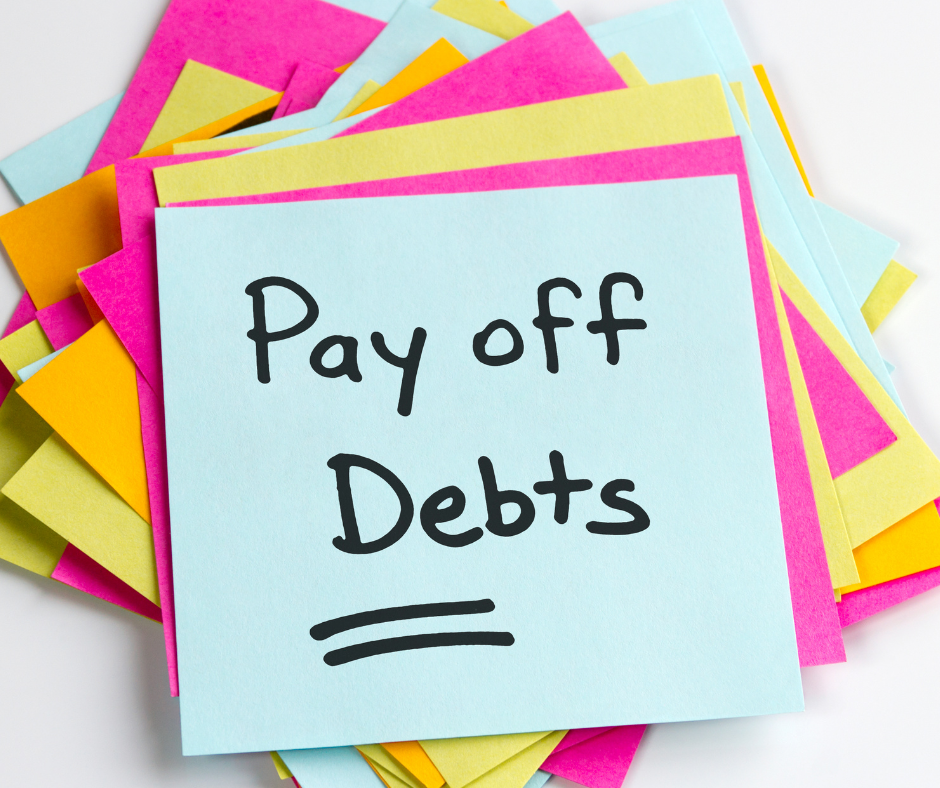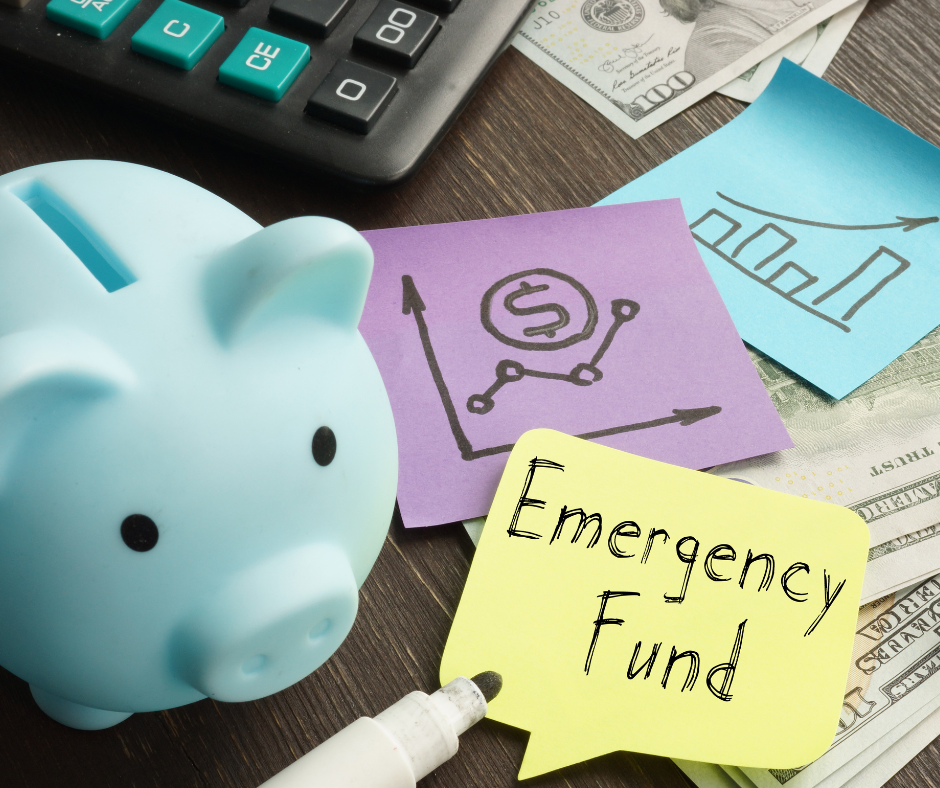Debt snowball vs Debt avalanche: which method saves you more?
Discover the difference between the debt snowball vs debt avalanche methods. Learn which one might fit your financial goals.
Debt snowball vs debt avalanche, this is one of the most common debates for people who want to get rid of debt but feel overwhelmed about where to start.

When you’re trying to pay off debt, your chosen strategy can shape your entire journey. Both methods aim to help you regain control, but they take very different paths. Let’s break them down so you can figure out which one might suit your style and situation best.
Understanding the debt snowball method
The debt snowball method focuses on motivation.
You start by listing your debts from smallest to largest balance, ignoring interest rates. Then, you make minimum payments on all debts except the smallest, which you attack with any extra money you can find. Once that’s paid off, you move to the next-smallest, and so on.
Why does this work for so many people? Because it gives you quick wins. Paying off even a small balance can feel like a major victory, and that psychological boost often helps people stay on track.
For those who struggle to stay motivated, this method can create a powerful sense of progress. However, there’s a trade-off. Since you’re not targeting the highest-interest debt first, you could end up paying more in interest over time, especially if your larger debts come with steep rates.
Breaking down the debt avalanche method
Now let’s talk about the debt avalanche. This method is all about the math.
You list your debts by interest rate (highest to lowest) and put your extra payments toward the debt with the highest rate, while still making minimum payments on the rest. The goal here is to reduce the amount of interest you pay overall.
By tackling the most expensive debt first, you minimize the total cost of borrowing. Over time, this can save you money and help you pay off everything faster.
But there’s a downside: it can take longer to see those early wins. If your highest-interest debt also has a large balance, it may feel like you’re not making progress in the beginning, and that can be discouraging.
Debt snowball vs Debt avalanche: which one is better?
There’s no one-size-fits-all answer. It depends on your personality, priorities, and financial habits.
If staying motivated is your biggest challenge, the debt snowball might give you the push you need. If you’re more numbers-driven and patient, the debt avalanche could lead to long-term savings.
It’s also worth noting that some people use a hybrid approach, starting with the snowball method for quick wins, then switching to the avalanche method once they’ve built up some momentum.
What matters most is that you pick a method that you’ll stick with. The best strategy is the one that fits your lifestyle and keeps you moving forward, consistently and intentionally.
Choose momentum over perfection
Both the debt snowball vs debt avalanche methods can work. The key is to just get started. Rather than obsessing over which one is mathematically perfect, focus on choosing a plan that feels manageable and motivating.
Paying off debt is a journey, not a race. Whether you build speed with small victories or chip away at interest costs, the fact that you’re taking action is what really counts.






